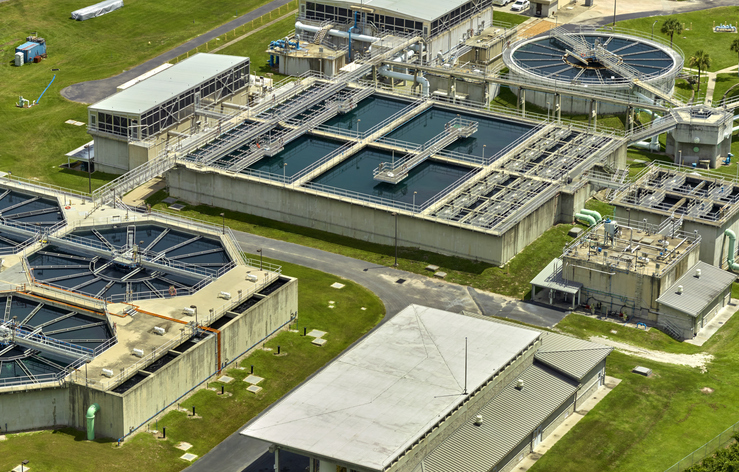
Why use TOC to improve chemical dosing and optimize wastewater treatment?
Water plays a vital role in the food and beverage industry. It is used as an ingredient, for cleaning, and for utilities such as heating and cooling. Depending on the type of product, the manufacturing process, and the facility location, water use ratios can vary across the food and beverage industry. According to Global Water Intelligence (GWI), meat and poultry processing involves high amounts of water for cleaning and washing up to over 60L/kg of product. Distilleries, while a small portion of the industry, also involve high water use ratios per product due to the distilling process up to 45 L/kg of product. Beverage manufacturers like soft drinks and bottled water can achieve low water use ratios with high amounts of water in the product and opportunities for efficient reuse even less than 1 L/kg product. Due to the high and variable levels of water usage in the industry and the need to comply with discharge regulations, food and beverage manufacturers seek to optimize wastewater treatment processes to reduce costs and avoid fines, while also being able to achieve corporate sustainability targets and protect brand reputation.
The steps used to treat contaminated wastewater includes first removing suspended solids then breaking down contaminants to remove and polish the water prior to discharge. Insufficiently treated water can lead to risks such as product loss, discharge penalties, waste stream diversion or even hauling of waste – all expensive and undesirable consequences.
How can organics monitoring be used to optimize chemical treatment?
The EPA has identified major pollutant categories that must be controlled. These include pathogens, nutrients, inorganic contaminants, and organic contaminants. Organic contaminants are often referred to as oxygen-demanding substances. Biological Oxygen Demand (BOD) and Chemical Oxygen Demand (COD) are commonly used by companies to monitor oxygen-demanding substances, but with the advances in total organic carbon (TOC) monitoring technology, the EPA allows the use of TOC for monitoring oxygen-demanding substances. By shifting from BOD and COD monitoring to TOC monitoring, there are major advantages of faster analysis time as well as increased sustainability. When trying to determine a waste stream’s composition and determine quickly if chemical dosing is effective, speed and ease-of-testing are critical.
TOC monitoring is advantageous in a variety of stages within food and beverage wastewater treatment:
- Initial influent testing for TOC into primary application—initial product washing and source wastewater control
- Compliance release TOC testing into secondary application—blanching, separation, equalization prior to biological stage
- Compliance release TOC testing into tertiary application—utility usage, cooling, clean up, packaging, reuse or recycling
- Compliance release TOC testing into water tributaries—NPDES permit release or sewer discharge to POTW
Using TOC to adjust treatment in real-time allows for cost savings and prevention of discharge fines
Cost savings can be achieved when companies are able to use real-time information to modify treatment such as reduce chemical usage, control equalization, and monitor steady food to microorganism balancing in biological systems. By monitoring effluent, the treatment facility can confirm its treatment is effective, thus minimizing excess use of resources and time. Conversely, if manufacturers start to see increases in TOC values due to an unknown process contamination, they can act on the near real-time analysis and correct the chemical dosing to avoid cost and compliance violations.
Controlling organic load in waste streams is easily achievable
TOC monitoring plays a crucial role in optimizing water treatment processes in the food and beverage industry. It helps ensure compliance with regulations, minimize costs, and maximize profit. By monitoring and controlling the organic load in waste streams, manufacturers can achieve efficient water management and avoid the negative consequences of improper treatment. TOC analysis provides real-time data that enables quick adjustments and helps maintain water quality throughout the manufacturing process. When it comes to wastewater monitoring, Sievers TOC Analyzers give food and beverage manufacturers fast and reliable information by ensuring that they are in compliance with regulatory guidelines. Sievers partners with manufacturers to determine the right solution for each application. A thorough application review helps with method development, site pre commissioning, and preventative maintenance steps. Sievers TOC analyzers are designed to make complex measurements simple and enable users to achieve compliance, quality, and control while meeting both productivity and sustainability goals.
